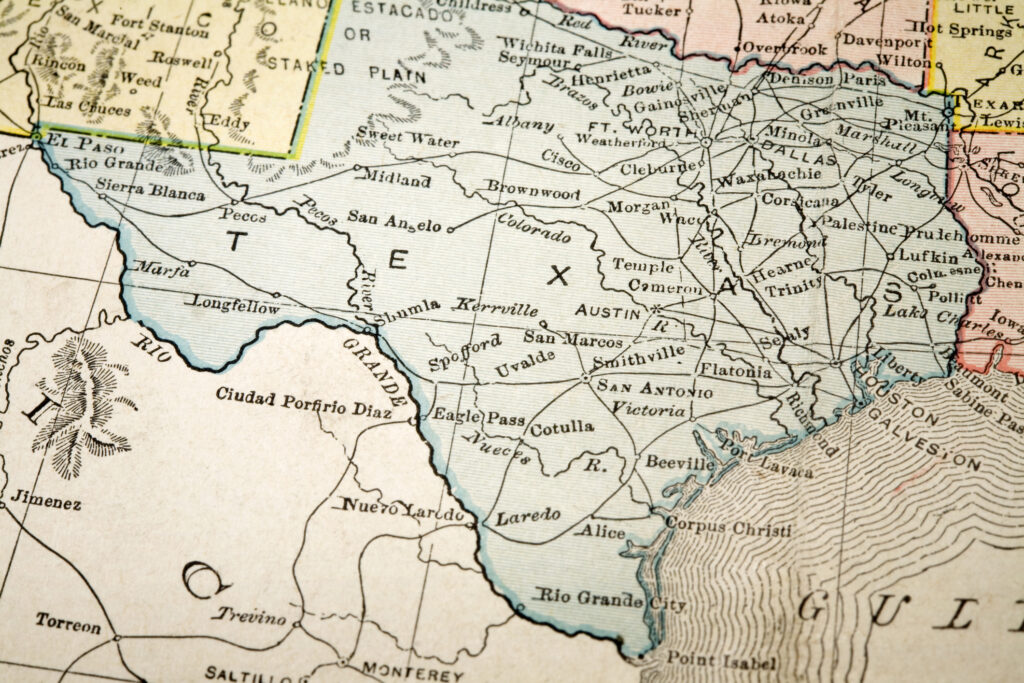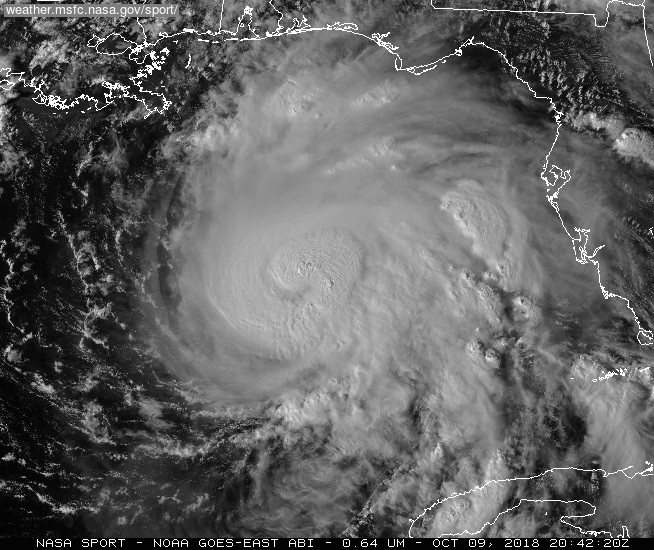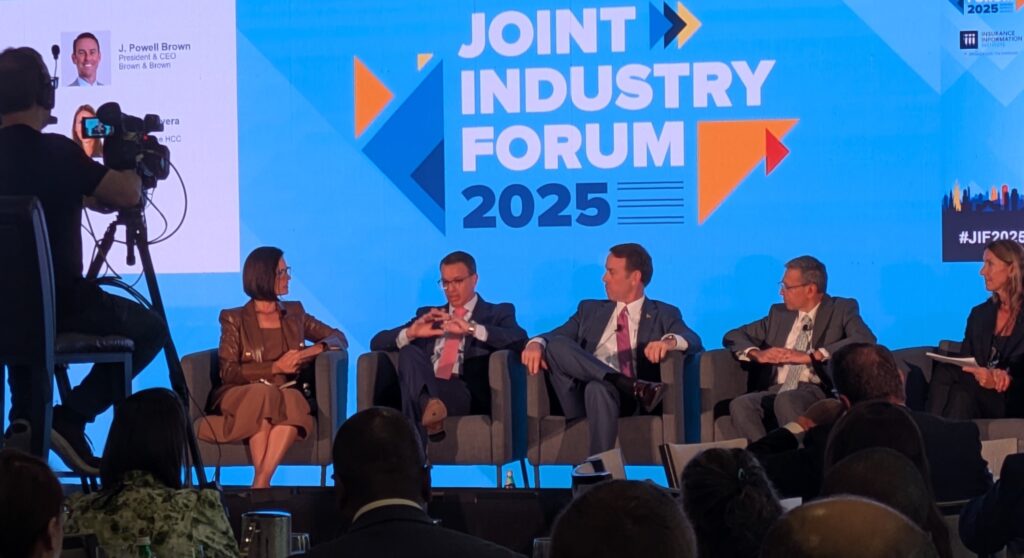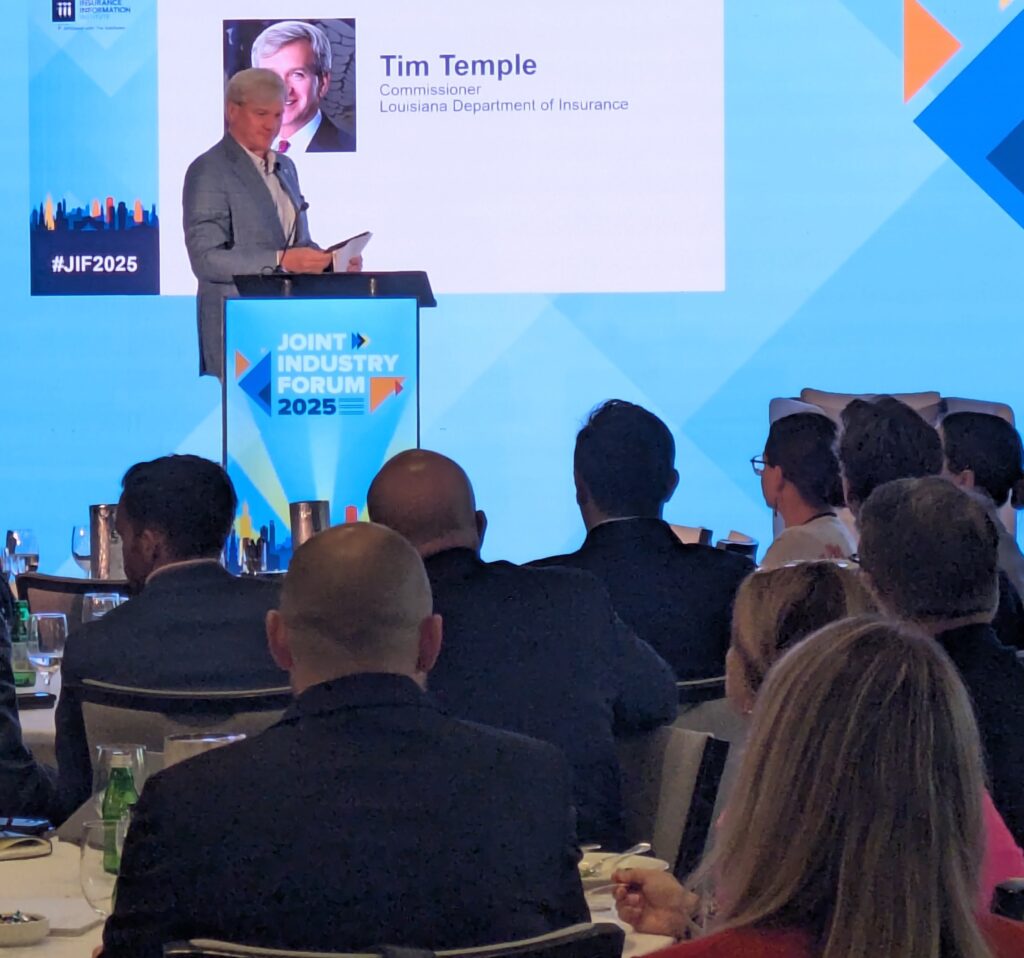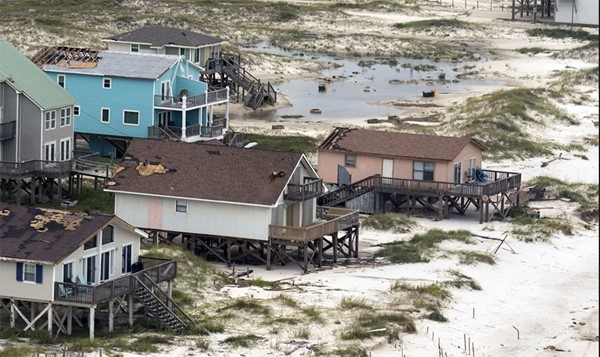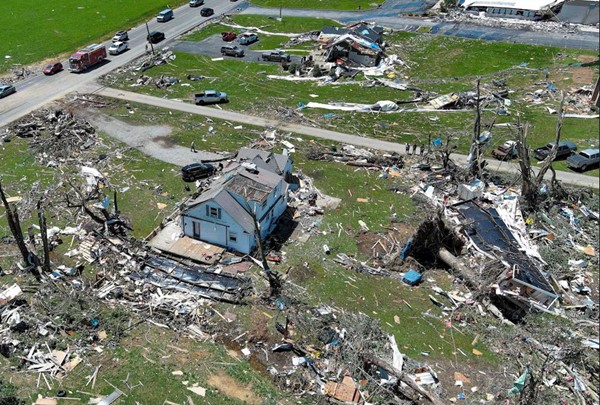
Global insured losses from natural catastrophes reached $80 billion in the first six months of 2025 alone, making it the second-costliest first half on record since data collection began decades ago, according to reports by reinsurance giants Munich Re and Swiss Re.
Both reports called out the devastating wildfires that swept through Los Angeles County in January as the single most destructive event to date, with both firms estimating that these fires caused $40 billion in insured losses.
What makes these disasters particularly alarming is their timing and location. Both reports emphasized that the Los Angeles fires occurred during California’s normally wet winter season, when such massive blazes are typically unheard of. This seasonal shift represents a troubling new pattern, in which dangerous fire conditions persist year-round, rather than just during traditional fire season.
The reports also agree that severe thunderstorms across the American Midwest and South continued to cause billions in additional damage throughout spring, reinforcing how weather-related disasters are becoming both more frequent and more costly as communities expand into high-risk areas.
Swiss Re and Munich Re both identify the same underlying drivers making these disasters so expensive: More people are building homes and businesses in dangerous areas like wildfire-prone zones and tornado alleys, while climate change is making extreme weather events more intense and unpredictable.
The reports agree that this combination of increased development in risky locations and worsening weather conditions means that what happened in the first half of 2025 is likely just a preview of even costlier disasters to come, unless communities take serious steps to build more resilient infrastructure and avoid construction in the most hazardous areas.
Cat losses and replacement costs
Swiss Re emphasized the growing wildfire threat, pointing out that, before 2015, wildfires on average contributed around 1 percent of the total insured losses from all natural catastrophes worldwide.
“In the last 10 years, this has risen to 7 percent, the costliest periods being a two-year stretch of 2017‒18, and to a lesser extent 2020,” the report said.
Swiss Re also points to severe impact of post-pandemic construction cost inflation, noting that “construction costs rose by 35.64 percent from January 2020 to June 2025, directly impacting property claims costs.” These higher costs to repair and replace property significantly increase the financial impact of each disaster.
“The best way to avoid losses is to implement effective preventive measures, such as more robust construction for buildings and infrastructure to better withstand natural disasters,” said Thomas Blunck, a member of Munich Re’s Board of Management. “Such precautions can help to maintain reasonable insurance premiums, even in high-risk areas. And most importantly: to reduce future exposure, new building development should not be allowed in high-risk areas.”
Swiss Re cautions that climate change is creating more volatile and unpredictable loss patterns, making catastrophe losses “more difficult to predict.” Together, these trends suggest the U.S. insurance market must prepare for sustained pressure on pricing and availability, particularly in high-risk coastal and wildland-urban interface regions.
Learn More:
Russia Quake Highlights Unpredictability of Natural Catastrophes
Texas: A Microcosm of U.S. Climate Perils
Triple-I Brief Highlights Wildfire Risk Complexity
BRIC Funding Loss Underscores Need for Collective Action on Climate Resilience
P&C Insurance Achieves Best Results Since 2013; Wildfire Losses, Tariffs Threaten 2025 Prospects
Data Granularity Key to Finding Less Risky Parcels in Wildfire Areas
California Finalizes Updated Modeling Rules, Clarifies Applicability Beyond Wildfire
2025 Tornadoes Highlight Convective Storm Losses
Severe Convective Storm Risks Reshape U.S. Property Insurance Market
Modern Building Codes Would Prevent Billions in Catastrophe Losses


